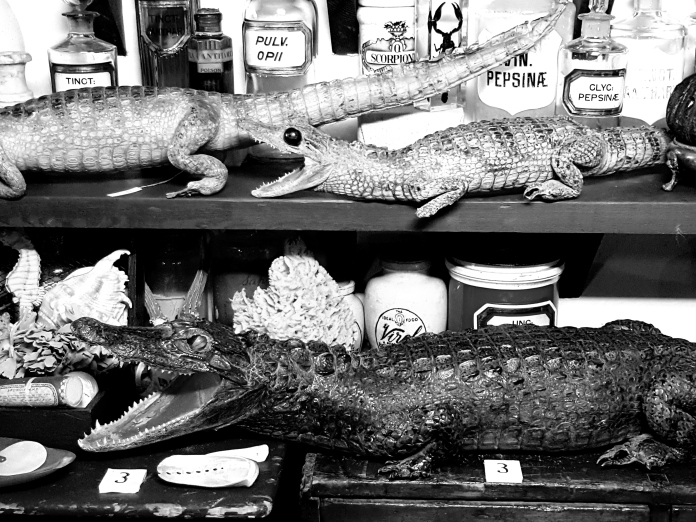Someone on my twitter account very kindly pointed me in the direction of a small book produced by Cafe Royal Books of photographs taken – I assume – in the 1960s by John Claridge, a very good East End photographer, of the Whitechapel Bell Foundry as it used to be (only available by post from Cafe Royal books). It is a melancholy record of the operation of the foundry when it was working at full blast, turning out ornate and beautifully crafted bells for the world.
Several people have asked if anything can be done to prevent its conversion into an upmarket boutique hotel.
Two things seem at least possible:-
1. It turns out that much of the historic equipment was part of the listing, so that it may have been illegal for the interior to have been stripped out of its contents.
2. It is open to Tower Hamlets to turn down an application for change of use. This will require members of the planning committee to recognise that it is better to have a working foundry in Whitechapel than a post-industrial restaurant and bar.
If anyone knows the relevant local councillors and members of the planning committee, power lies in their hands.






















You must be logged in to post a comment.